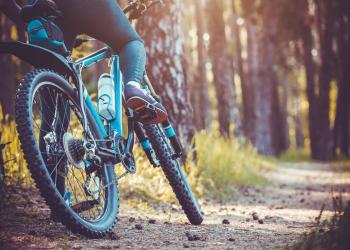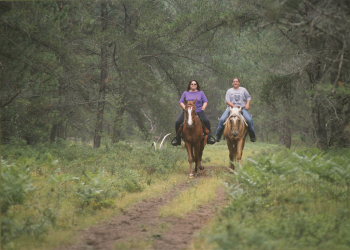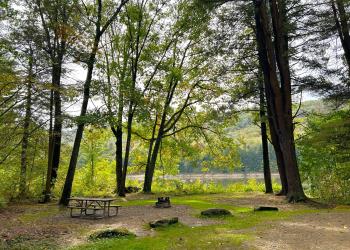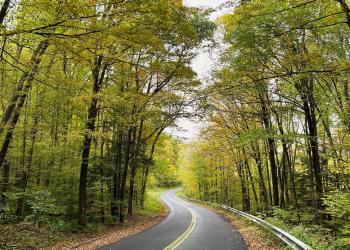Recreation Opportunities
Come join us on the Allegheny National Forest and explore over 150 miles of trails for mountain biking. Along our countless miles of trail, you will…
With over 200 miles of hiking trails, 53 miles of X-C ski trails and 18 miles of Interpretive trails the Allegheny National Forest offers a variety…
Horseback riding is allowed in most places across the Allegheny National Forest as long as riders do not mark, build, maintain, or tread-in a…
Fishing regulations are set by the Pennsylvania Fish and Boat Commission. A valid Pennsylvania fishing license is required to fish on the Allegheny…
With over a hundred miles of trails designated for different sizes and types of off-highway vehicles, we provide adventure for riders of all skill…
From foraging to stargazing, there are many activities available on the Allegheny National Forest.
Come explore the Allegheny! Visit one of the interpretive areas or just take a hike through the woods and see how many birds, butterflies,…
Nothing is quite as good as a picnic on a summer day, and there are many good picnic spots for you to choose from when hiking in the woods or staying…
Driving can be an excellent way to tour the expansive Allegheny National Forest. Hundreds of miles of Forest Roads and one nationally designated…
Whether a tiny trickle of a creek, enough to cool your toes, or the vast expanses of beaches, water provides an exciting element to outdoor…
Winter is a quiet time on the forest. The snow muffles noise and less visitors come to the area. For visitors who enjoy winter camping, hiking or ice…













